
Giant Otter (scientific name: Pteronura brasiliensis) is also known as Giant Otter in English. There are 2 subspecies.Giant otters usually move in family units during the day, usually 5-9 individuals, and rarely move alone. They usually feed on larger fish, and also prey on snakes or small crocodile...

Honey badger (scientific name: Mellivora capensis) English Honey Badger, Ratel, French Blaireau à miel, Ratel, German Honigdachs, there are 12 subspecies.In the southern region of the Kalahari Basin, adult male honey badgers have an average home range of 541 square kilometers, while adult female ho...
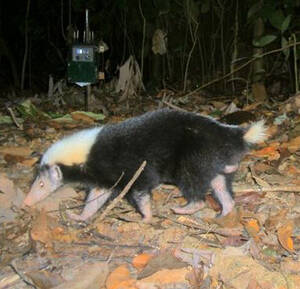
The Sunda stink badger (Mydaus javanensis), also known as the Indonesian stink badger, lives on the islands of Borneo, Java, and Sumatra. It is a carnivore.The Sunda stink badger is an animal that humans should avoid: like its close relative the skunk, the Sunda stink badger will spray a foul-smelli...
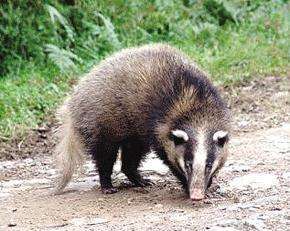
Hog Badger (scientific name: Arctonyx collaris) is also known as Hog-Badger in English. There are 6 subspecies.Hog Badger likes to live in caves, digging caves in barren hills, roadsides, ridges, etc., and also invading the caves of other animals. The structure of the cave is relatively simple, with...
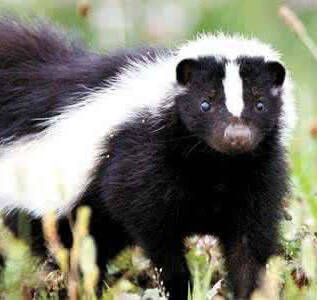
The white-necked weasel (scientific name Poecilogale albinucha) is a small carnivore. It is smaller than the honey badger. The important thing is that it has a white neck, which is very similar to the "white hair" of the honey badger. In addition, the back of the white-necked weasel is als...
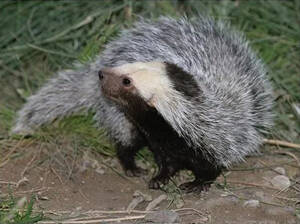
The grassland weasel (scientific name Lyncodonpatagonicus), also known as the Patagonian weasel, is a genus of the Mustelidae family in the order Carnivora, living on the Pampas in South America. Its specific habits are unknown.Local ranchers keep prairie ferrets as working pets (similar to cats and...
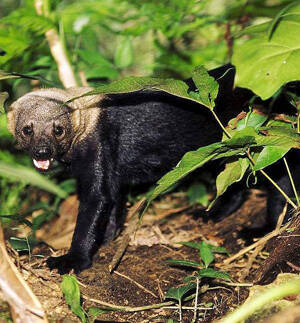
The scientific name of the fox stoat is Eira Barbara, a mustelid species native to Central America. It is the only species in the genus Eira Barbara and has 9 subspecies.The fox stoat is a species that lives alone or wanders around in pairs. Sometimes they form small groups of three or four, and the...
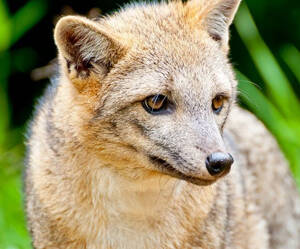
Brazilian Highland Fox (Scientific name: Lycalopex vetulus) Foreign name Hoary Fox, Hoary Zorro, no subspecies.Brazilian Highland Fox generally acts alone, although occasionally appears in pairs. Burrowing, often using abandoned armadillo holes. It is nocturnal and spends a lot of time digging holes...
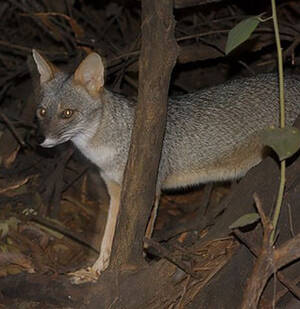
Peruvian fox is scientifically known as Lycalopex sechurae, and its foreign name is Sechuran Fox. It is the smallest fox in the genus Lycalopex, and has no subspecies.Peruvian foxes are nocturnal and spend a lot of time digging holes during the day. They usually act alone, although they occasionally...

The river fox (scientific name: Lycalopex gymnocercus), also known as Pampas Fox and Azara's Zorro in foreign languages, is a pseudo-fox native to the Pampas of South America, with three subspecies.River foxes are solitary, living together only during the breeding season and when caring for thei...

South American Gray Fox (Scientific name: Lycalopex griseus) is a small South American canine with no subspecies.South American gray foxes generally act alone, although they occasionally appear in pairs. They live in caves, often using abandoned armadillo caves. They are nocturnal and spend much tim...
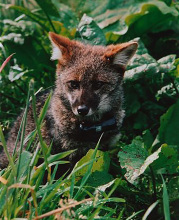
Darwin's Fox (Scientific name: Lycalopex fulvipes) is also known as Darwin's Fox in English. There are no subspecies. In 1834, Charles Darwin discovered and named this animal when he traveled through Chiloe Island.Darwin's fox is active during both the day and night, with no differences...

Mountain fox (scientific name: Lycalopex culpaeus) is also known as Lobo Andino and Culpeo, and has 6 subspecies.Mountain foxes have well-developed hearing and smell, are cunning, and are agile. They like to act alone. They hunt at night. They usually come out at night and sleep in caves during the...
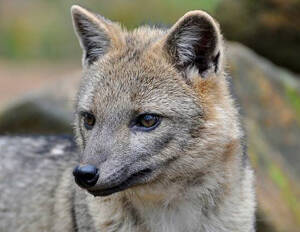
Crab-eating fox (scientific name: Cerdocyon thous) is called Crab-eating Fox in foreign language. There are 5 subspecies.Crab-eating fox is mainly active at night and also active at dusk, spending the day in caves dug by different animals. Hunting alone or living in pairs. They are monogamous, usual...

The Channel Islands Fox (scientific name: Urocyon littoralis) is a small fox with 6 subspecies.The Channel Islands Fox is not afraid of humans, is at the top of the food chain on the island, and has no natural predators. Generally docile and easy to tame. They use smell, hearing and visual signals t...
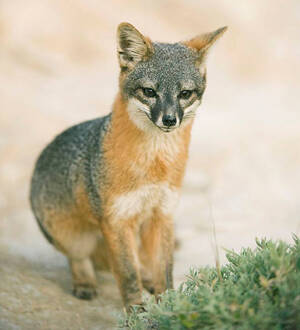
Grey Fox (scientific name: Urocyon cinereoargenteus) is also known as Grey Fox in English. There are 16 subspecies.The gray fox's nesting territory is 3-5.6 square kilometers. The short-distance running speed can reach 45 kilometers per hour. Good at climbing trees, the tree-climbing ability is...

Fennec fox (scientific name: Vulpes zerda) is also known as fennec or Fennec Fox in English. It is one of the smallest canids in the world, about the size of a kitten, and has no subspecies.Hot days and cold nights are common in the North African desert, and the small fennec fox is well adapted to t...

The veld fox (scientific name: Vulpes velox) is also known as the Swift Fox in English. It has three subspecies.Steppe foxes are agile and can run up to 50 kilometers per hour. Their swift running helps them catch food and avoid being hunted by other predators. Hiding in underground caves is another...
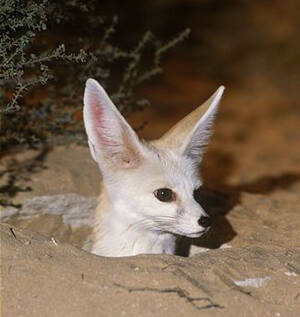
Rüppell's Fox (scientific name: Vulpes rueppellii) is also known as Rüppell's Fox in English. There are 5 subspecies.Rüppell's Fox is most active at dusk and throughout the night, spending most of its time in caves and crevices. These dens are occupied for an average of 4-5 days befor...